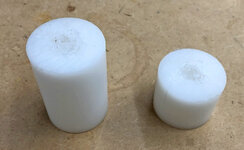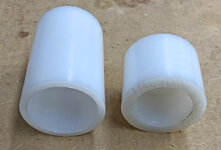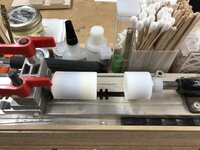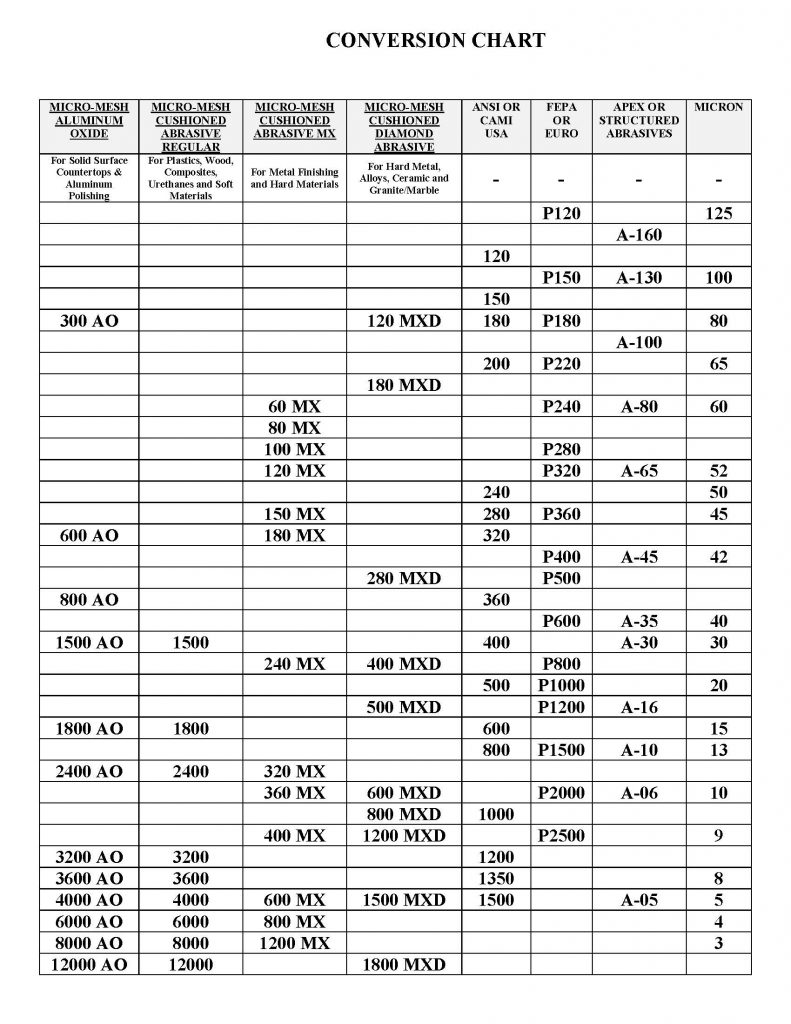So, I've been turning pens for a little while now. Officially I'd say around five months or so, although I first started over a year ago with a big gap. I bought a pen assembly/disassembly setup last year, which originally seemed to be great. But as I try to improve the quality of my pens here, I'm finding that it actually seems to damage the parts. For one, it seems to add little nicks and sometimes small, faint scratches. It may be that most people wouldn't notice them, but...I do, and...they bug me! 
Another issue is, this assembly rig has a metal piston at the lever end, and a plastic stop with a hole with a beveled edge in it on the other side. I've found that, if I simply place a nib inside that, and compress a turned blank+tube onto it, most of the time, it seems to damage the nib. This happens most often with slimlines...I had it happen a couple times with bigger and more expensive kits, before I decided to try something. I bought some pieces of leather, and cut a circle out and glued it onto the end of that plastic stop. Then cut a hole in the center, and allowed the leather to ultimately get compressed down over the bevel. This has reduced the amount of scratching that occurs on the nibs, but I still have a problem with pen nibs, especially slimline, basically getting a dented ring where they meet this plastic & leather stop.
I started to offset most pen kits when I'm putting in the nib now, so that the tip of the nib touches the leather (and now, a fixed hole that's been cut out of that leather by regular assembly). I avoid slipping the nibs on that beveled hole. That makes it harder to assemble, its a lot more fiddly, and the change that the nib and the turned blank+tube slip to an angle preventing proper assembly (and potentially cracking) is high. But it seems to be the only way to avoid damaging the nibs.
For caps, I haven't found a good way to deal with them. The only way to really push them into the upper part of a pen kit is to center the cap in that hole in the plastic stop, which usually ends up putting at least one little nick in the caps of my pens. Small, hard to see unless you get the angle of the light right, or have really good vision, or bring them really close...but, it still bugs me, and I feel it is consistently diminishing the quality of my pens.
I'm curious what others think about scratches...and what others may consider acceptable as far as scratches or nicks go. Maybe I'm just being too picky? I want to produce a professional product, and I seem to really be struggling with this part of pen making...damage-free assembly. I thought this assembly rig was supposed to help AVOID these kinds of issues, but I seem to have had a consistent problem with them so far. I'm also curious if anyone else has had these kinds of issues with an assembly rig, and if they found ways around them...
Another issue is, this assembly rig has a metal piston at the lever end, and a plastic stop with a hole with a beveled edge in it on the other side. I've found that, if I simply place a nib inside that, and compress a turned blank+tube onto it, most of the time, it seems to damage the nib. This happens most often with slimlines...I had it happen a couple times with bigger and more expensive kits, before I decided to try something. I bought some pieces of leather, and cut a circle out and glued it onto the end of that plastic stop. Then cut a hole in the center, and allowed the leather to ultimately get compressed down over the bevel. This has reduced the amount of scratching that occurs on the nibs, but I still have a problem with pen nibs, especially slimline, basically getting a dented ring where they meet this plastic & leather stop.
I started to offset most pen kits when I'm putting in the nib now, so that the tip of the nib touches the leather (and now, a fixed hole that's been cut out of that leather by regular assembly). I avoid slipping the nibs on that beveled hole. That makes it harder to assemble, its a lot more fiddly, and the change that the nib and the turned blank+tube slip to an angle preventing proper assembly (and potentially cracking) is high. But it seems to be the only way to avoid damaging the nibs.
For caps, I haven't found a good way to deal with them. The only way to really push them into the upper part of a pen kit is to center the cap in that hole in the plastic stop, which usually ends up putting at least one little nick in the caps of my pens. Small, hard to see unless you get the angle of the light right, or have really good vision, or bring them really close...but, it still bugs me, and I feel it is consistently diminishing the quality of my pens.
I'm curious what others think about scratches...and what others may consider acceptable as far as scratches or nicks go. Maybe I'm just being too picky? I want to produce a professional product, and I seem to really be struggling with this part of pen making...damage-free assembly. I thought this assembly rig was supposed to help AVOID these kinds of issues, but I seem to have had a consistent problem with them so far. I'm also curious if anyone else has had these kinds of issues with an assembly rig, and if they found ways around them...




